- by Randy Frank, Contributing Editor
A look at five new options in the world of industrial sensors
The term continuous improvement is frequently insufficient to describe the changes from one generation of a product to the next—especially when totally new aspects or features are integral to the component. Defining a new performance category, providing remote predictive maintenance and on-line diagnostic tools, setting new standards and continuously powering wireless transmitters are among the innovations that have occurred recently in the sensors market.
A new category for optical sensors
With its O500 optical sensors, Baumer claims a new performance category for optical sensor technology that combines convenience and reliability. The optical sensor consists of three sensor types: a diffuse sensor with background suppression, Baumer’s SmartReflect design, that uses a light barrier without a reflector, and a retro-reflective sensor for reflective surfaces. A OneBox design approach ensures that the sensors have the same compact dimensions, through holes and control elements for all sensor principles and technologies within the series.
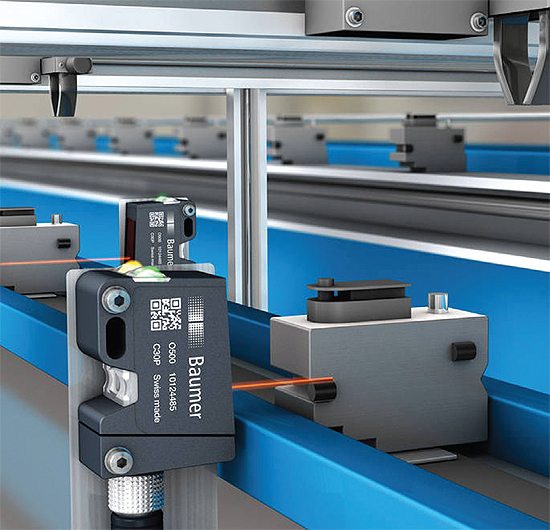
The Baumer O500 series uses optical technology for a diffuse, SmartReflect, and a retro-reflective sensor all in a single package.
Using the SmartReflect principle, the light barrier does not require an additional reflector. With the light beam between the sensor and a machine part, an object interrupts the light beam and triggers the sensor. This eliminates the need for the separate reflector. In addition, the sensor design uses a PinPoint LED to provide a small, homogeneous light spot with sharp edges for exact positioning and detection of small parts.
Two features in the series that save users set up time and provide design flexibility are qTarget and qTeach. With qTarget, a light beam aligned to the fixing holes by design minimizes adjustment operations.
Because users can specify the sensor principle and light source later in the design cycle—due to qTeach and the common package outline—they have considerable design flexibility. With qTeach, a wear-free teaching process, the optical sensors can be “programmed” just by touching them with any ferromagnetic tool, such as a screwdriver.
The O500 series capabilities target objection identification and positioning in the packaging industry, handling, or automation. While the new sensors are the first of Baumer’s NextGen sensors, the company has already set industry expectations for more products with new sensor principles in the future.
Remote monitoring for predictive maintenance
Taking advantage of the capabilities of the latest sensors to perform condition monitoring or predictive maintenance (PdM) provides early detection of equipment failures and avoids unplanned downtime and costly expenditures—especially when timely repairs can be scheduled so minor problems don’t lead to major ones. In addition to sensor input(s), the PdM approach uses statistical analysis and real-time equipment monitoring to determine when equipment maintenance is most cost effective—before equipment exceeds critical production tolerances.
Recognizing that condition monitoring is more difficult to implement in remote, unattended, or inaccessible locations, Global Monitoring engineers developed the Messenger GMU8120 Remote Monitoring Unit (RMU).

Global Monitoring’s Messenger GMU8120 Remote Monitoring Unit provides condition monitoring in more difficult locations.
The RMU allows the integration of a database of vital conditions into its predictive maintenance programs. As a result, routine data as well as critical situations can be communicated to the user through a cell phone (by text or email) or through a computer. With the RMU’s remote capabilities, users can start, stop, or reset equipment without involving an onsite maintenance technician.
The system tracks a variety of measurements such as liquid level, pressure, temperature and flow—and is configurable with industry standard 0-5V, 4-20mA or dry contact sensors. Reporting can include totaling flow through a pipe, tracking run-time hours of a pump, checking environmental conditions, regulating temperatures and remotely rebooting a computer or programmable logic controller (PLC).
Users have the option of a web-based reporting service and data delivery to their computer or vocalizing information through the phone or a fax report. Cloud-based mapping and database services can deliver information through a browser or smart phone app taking advantage of the latest communication and computing technologies.
Online diagnostic tool for predictive maintenance
Leine & Linde has another approach to enable condition-based maintenance. The company’s online Advanced Diagnostic System (ADS) provides an advanced encoder diagnostic tool by connecting the encoder’s diagnostic system directly to a PC or an Ethernet network. ADS Online connectivity allows access to important functioning or trends of the encoder from anywhere in the world. Using PC software, users can obtain detailed analyses to better predict and schedule maintenance and repairs at convenient times and avoid production shutdown during peak production hours.
The ability to warn of impending faults before they occur is especially useful in large complex machinery used in the exploration of oil & natural gas as well as wind turbines and paper-converting machines.
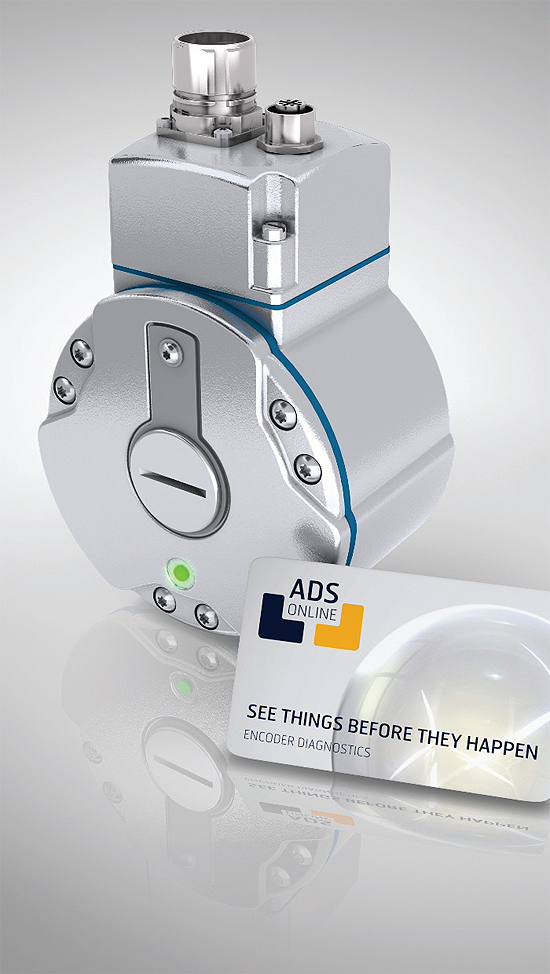
Leine & Linde 801 and 803 rotary encoder products access advanced encoder diagnostic tools through ADS Online.
Encoders provide essential speed feedback for complex machinery and based on wear, their service life can vary from a few years to a few decades. Factors that impact wear and service life include temperature, operating speed, and vibration. The ADS Online system provides users several options to better predict and schedule maintenance at convenient times.
The first option is the ability to set custom warnings to ensure vibration doesn’t exceed specific damaging levels. Secondly, users can program levels for frequency and shaft speeds to indicate overspeed or standstills to ensure that the machine does not overheat. In addition, they detect and prevent abnormal voltage drops in the power supply. Finally, they can choose to receive an automatic warning when the encoder reaches a certain operating time.
Currently available on its models 801 and 803 rotary encoder products, Leine & Linde plans to offer ADS Online on other encoder models in the near future.
Setting new standards
With its LJ-V7000 Series, High-Speed Laser Scanner, Keyence engineers say they have set a new standard for speed and precision in 3D laser measurement. What’s more, it is the first 3D laser inspection system in the world to use a blue laser.
A 2D Ernostar lens, a six-element, four-lens design to reduce the aberration of the image, focuses the light from the 405-nm laser. Unlike a conventional red laser beam where the focus is limited, resulting in a diffused image of the part that leads to measurement errors, the blue laser’s target image is tightly focused with minimal blurring for improved accuracy.
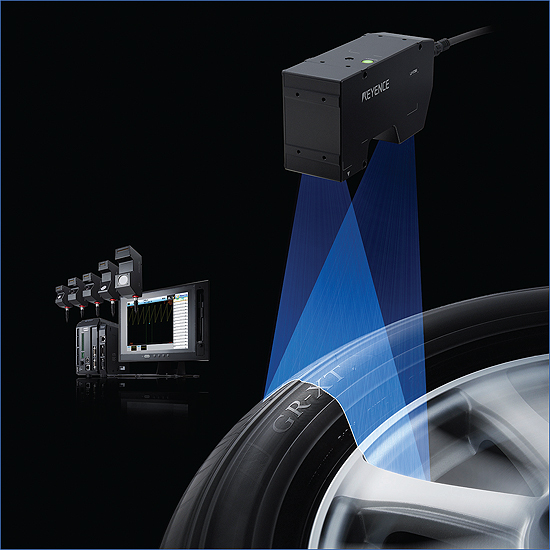
The LJ-V7000 Series, High-Speed Laser Scanner from Keyence is the first 3D laser inspection system to use a blue laser.
The LJ-V7000 Series is the first product to incorporate Keyence HSE3 CMOS receivers. The next, high-speed (HS) generation of the E3-CMOS (Enhanced Eye Emulation CMOS) image sensor allows the system to reach a profile sampling rate of 64 kHz with a point sampling rate of 12.8 MHz. This speed allows the system to keep up with the fastest production lines and provides high resolution inspection. The dynamic range of the HSE3-CMOS receiver is 300 times larger than the conventional range.
“Over the last few years, laser profilers and 2D/3D laser systems have made great strides in offering inspection capabilities which previously could only be done off line,” said Michael Montgomery, Technical Marketing Manager at Keyence Corp.
In addition to faster processing speeds that allow more stability, real-time feedback and better process control, this new generation of sensors provides several other advantages. They can be installed in-line with most processes, minimizing down time and eliminating the “inspection/quality check bottleneck.” The sensors can perform complex dimensional checks on board without a dedicated PC or software package that needs periodic upgrading and patches.
Improved traceable resolution and accuracy specifications provide users increased confidence in the sensor’s readings. Finally, because these sensors evolved from point laser displacement sensors, which have been on factory floors the last 15 years or so, they have an established reliability pedigree.
Operating without wires—indefinitely
Wireless technology is redefining what sensors can do in a manufacturing environment. However, unlike consumer wireless applications, capturing high data rates in a manufacturing environment is a continuous process and provides a large current drain on the batteries. Charging batteries overnight is not an option. Replacing discharged batteries creates maintenance issues, disrupts production, and adds cost to manufacturing.
The solution to prematurely discharged batteries and their associated maintenance is energy harvesting. For its 3051S Smart Wireless transmitters, Emerson Rosemount partnered with Perpetuum Ltd. to develop an Intelligent Energy Harvester power module option. The energy harvesting module has the same form factor as the Emerson battery pack so it truly is a straightforward option.
Perpetuum’s Vibration Energy Harvesting turns the vibration in the industrial applications into sufficient electrical energy to charge the batteries in wireless transmitters.
The vibration energy harvester option offers a long-term solution, allowing end users to avoid changing batteries for more than 10 years. With this long life expectancy, Perpetuum’ designed the harvester module to be compatible with other forms of energy harvesting. Thermal energy conversion is increasing employed in industrial applications and is among the future energy forms that can supplement the vibration energy.
Baumer
www.baumer.com
Global Monitoring
www.globalmonitoring.com
Leine & Linde
www.leinelinde.com
Keyence
www.keyence.com
Perpetuum Ltd.
www.perpetuum.com
Filed Under: Wireless • 5G and more, Energy management + harvesting, Encoders (rotary) + resolvers, SENSORS, TEST & MEASUREMENT

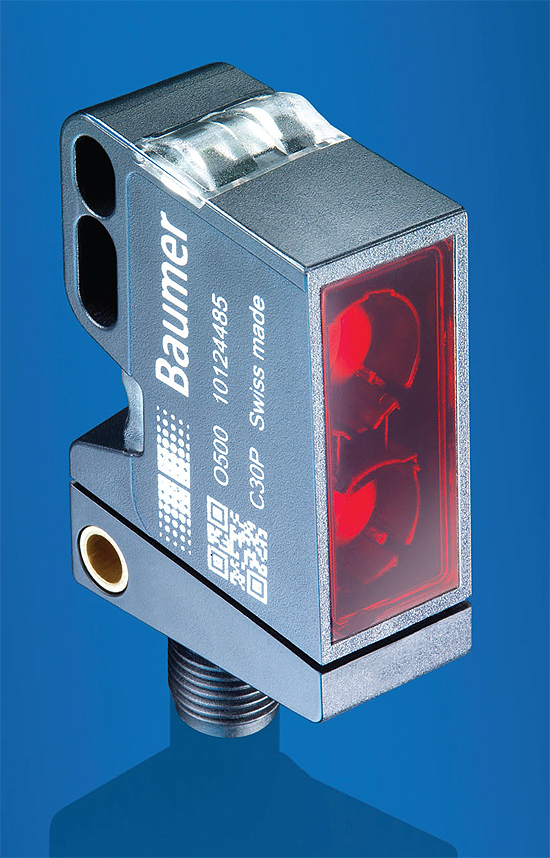
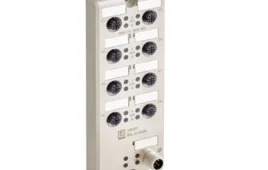
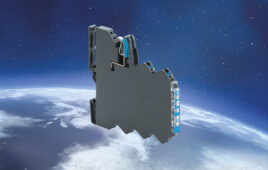
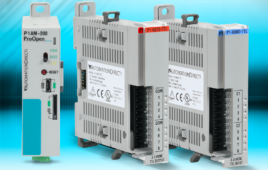
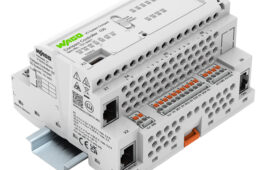
Tell Us What You Think!